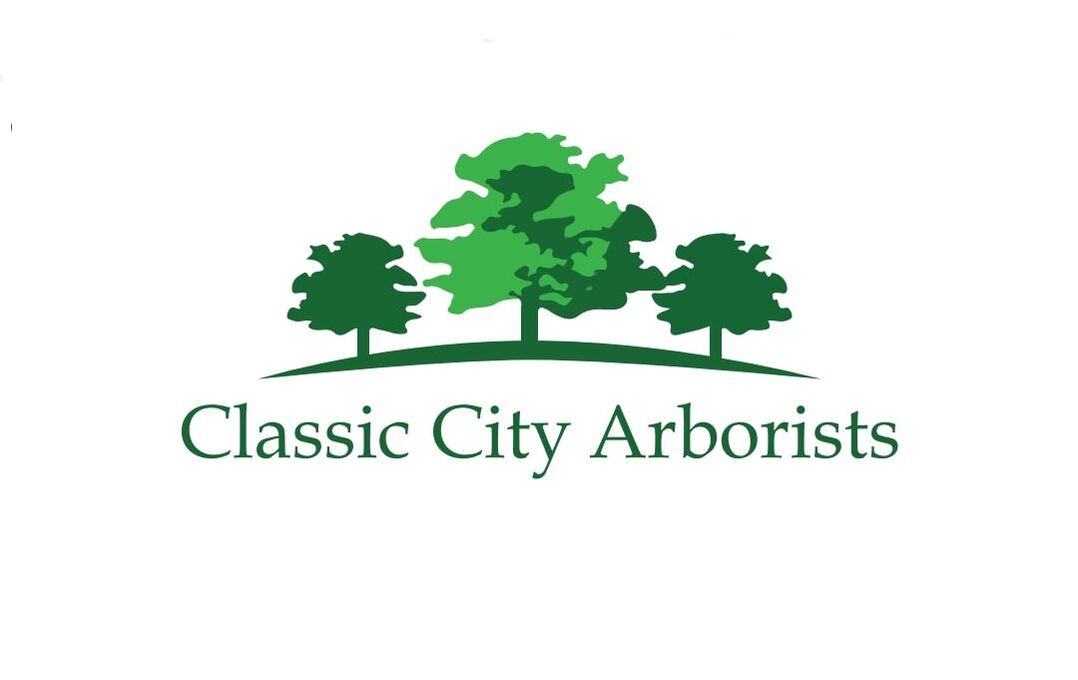|
News and Blog Articles
|
|
Next up for Tree of the Month is sassafras albidum. Sometimes called America’s “only native species,” and more commonly referred to as just sassafras, these trees have a wide distribution that reaches as far south as central Florida, as far west as Texas, and as far North and East as Maine. You might know them by their unique, bilobed leaves. The asymmetrical dual lobes mimic the shape of a winter mitten, and can be left- or right-handed. This prompts children to hold their hands against these leaves to compare size and see if the “mittens” will fit their hands. Though the bilobed leaves get all the attention, sassafras leaves actually come in two other shapes: unlobed and trilobed. Unlobed leaves look like simple ovals, while the trilobed ones look like a rounded-off trident. You might even find a five-lobed sassafras leaf, but this is pretty rare (and might be lucky, like finding a four-leaf clover!). Regardless of the number of lobes, all leaves of the sassafras tree are a bright green color that shines even brighter in the sunshine. Did You Know?The largest known sassafras tree in the world is over 100 feet tall! Its trunk has a 21-foot circumference. You'll find this behemoth in Owensboro, Kentucky. They generally reach around 3 to 7 inches in length, and give off a pleasant aroma when crushed or rubbed. The smell has been described as similar to things like citrus, root beer, and cinnamon. In fact, every single part of the sassafras is said to possess the scent! The fully grown sassafras is a medium-sized tree, reaching heights of 30 to 60 feet, and crown spreads of 25 to 40 feet. Slender, tapering branches grow in a generally rounded shape when left alone. They are sympodial, which means that, when the branch grows an offshoot, the main branch will end and growth will be left to the offshoot. Then, the offshoot will end and sprout another offshoot, and so on and so forth. This process creates horizontal, cloud-like tiers that are stunning to look up through. The trunk of the sassafras is rich, deep brown with red undertones and deep ridges and furrows. Without any maintenance, a sassafras trunk will grow many different shoots. This results in more width than height and the overall appearance of a large shrub. To prevent this, simply trim back any offshoots until the main trunk is firmly established. In the spring, both male and female sassafras trees will grow fat buds at the ends of their branches. These bloom into delicate, beautiful yellow flower clusters. Each six-petaled flower is generally 1 to 2 inches long, and just half an inch in diameter. The flowers on female trees will eventually produce little half-inch fruits called drupe. Drupe range from deep blues to dark blacks, and hang from a bright red stalk that makes them all the more attractive to birds, squirrels, and even deer. At the end of the summer, once the flowers have turned to fruits and the fruits have fallen or been eaten, the once-brilliant green leaves will begin to change color. First, lime greens and yellows will creep across the foliage, but the show doesn’t end there. Before long, all the leaves will reach a range of colors, like mustard golds, burnt oranges, scarlet reds, and even mahogany purples. As autumn bleeds into winter, the beautiful leaves will dry and fall to the ground—but don’t worry. They keep their color and blanket the base of the tree with a fall rainbow. This stunning display makes sassafras one of the most popular trees to plant near your home. Did You Know?Up until the early 1900s, every street corner of England would be selling a popular tea called “saloop.” The drink was made of sassafras tea mixed with milk and sugar. All parts of the sassafras tree, from the roots to the twigs to the flower petals, have been used for culinary, medicinal, and aromatic purposes. The roots and root bark supply oil of sassafras, which is used to perfume soap and flavor teas—and even root beer, though that practice was discontinued in the 60s. File powder, made from ground sassafras leaves, is a key ingredient in authentic Louisiana gumbo. If you’re interested in adding a stunning sassafras to your property, keep in mind its environmental preferences. Sassafras trees grow best in either full sun or partial shade, which means a minimum of four hours of direct, unfiltered sunlight a day. Soil composition doesn’t matter so much to these trees, and they can handle anything from loamy to acidic to sandy. They have moderate tolerance for drought and salt. AuthorEmily Casuccio is sister and sister-in-law to Rebekah and Scott Rushing, and has over half a decade of experience in copywriting, copyediting, proofreading, and developmental storyboarding. She's worked with both published and undiscovered authors on both fiction and nonfiction, and takes pride in supporting local businesses. Her passion lies in the written word and helping authors of all capacities realize their dreams and achieve their fullest potential. To learn more about her, read samples of her work, or contact her, visit her online portfolio.
0 Comments
Your comment will be posted after it is approved.
Leave a Reply. |
Categories
All
Archives
January 2023
|
|
23 Whatever you do, work at it with all your heart, as working for the Lord, not for human masters,
24 since you know that you will receive an inheritance from the Lord as a reward. It is the Lord Christ you are serving.
Colossians 3:23-24
24 since you know that you will receive an inheritance from the Lord as a reward. It is the Lord Christ you are serving.
Colossians 3:23-24

